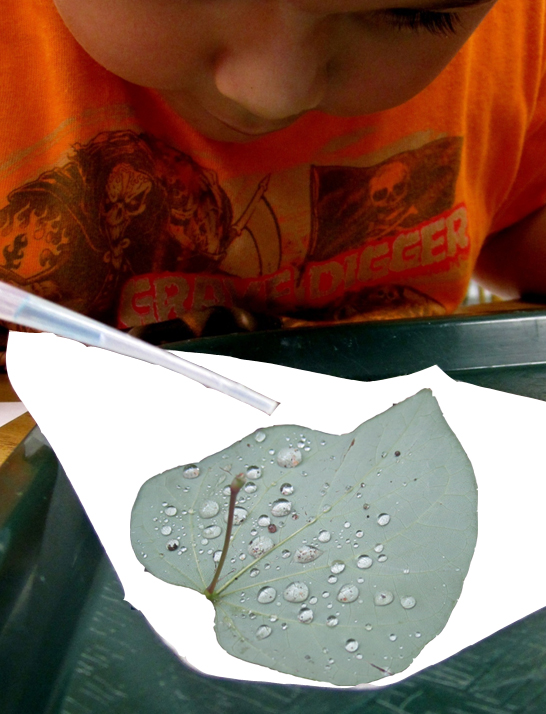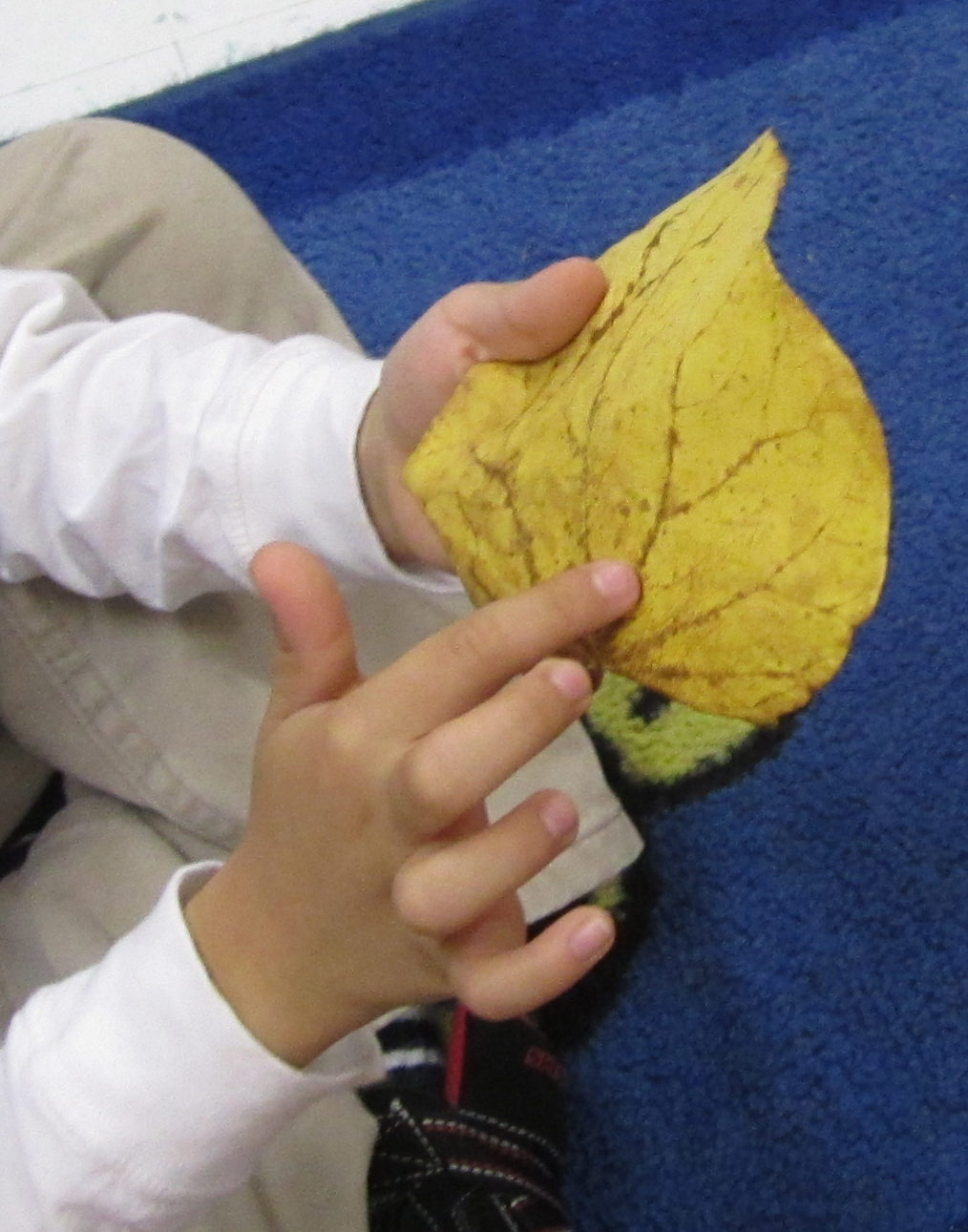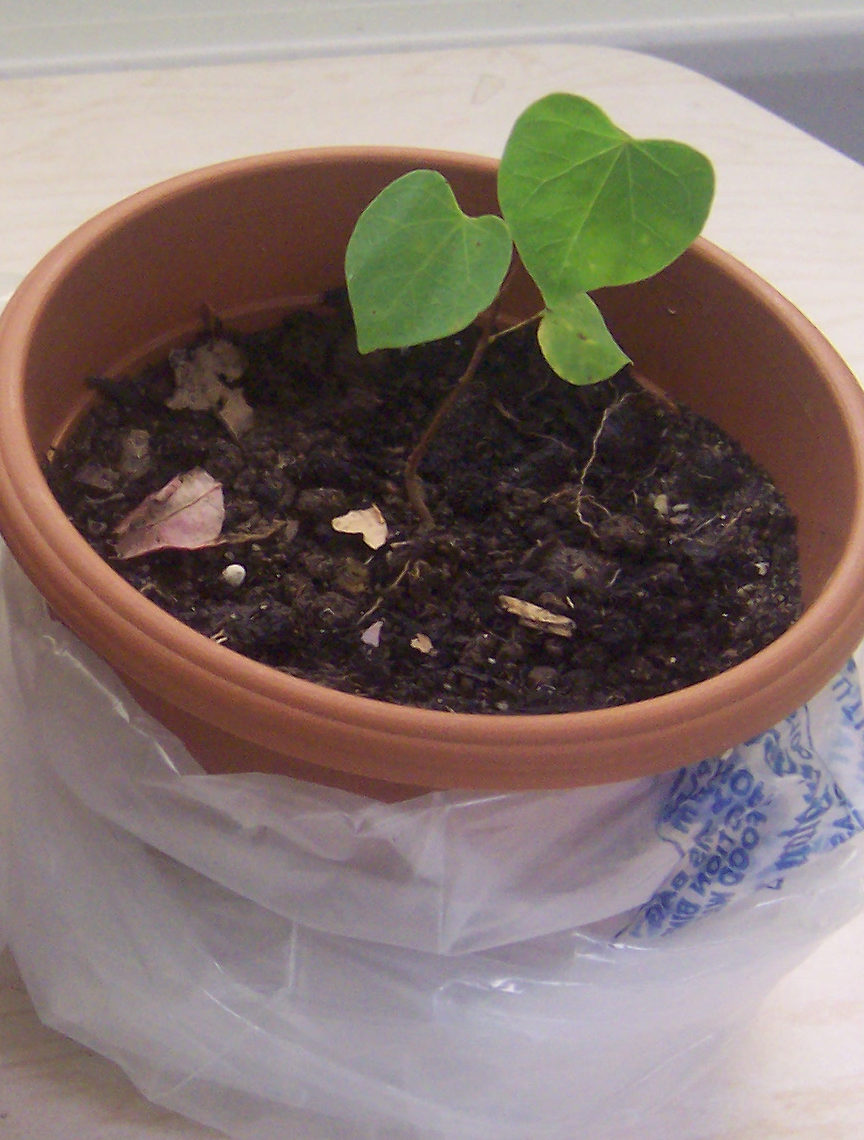
Dean Goodwin, upper-school science teacher at The Tatnall School in
Wilmington, Delaware, uses breakout box games that allow his students to
collaborate and solve problems to get the combinations to a series of locks. Photo credit: Nicole Fullerton, Marketing & Communications Manager, Tipton
Communications
The popularity of escape rooms— physical adventure games in which players solve a series of puzzles to break out of a locked room—has carried over into science classrooms nationwide. “I have used [science-themed] breakout boxes, [games in which] the students have to break into a box by answering questions to get the right combination to a series of locks,” says Dean Goodwin, upper-school science teacher at The Tatnall School in Wilmington, Delaware. His high school juniors and seniors “work together as a team to problem-solve and reinforce what they’ve learned in class…The questions have to be discussed among themselves,” he explains.
In his climate change–themed game, for example, Goodwin says he gives his students the clue “in 2016, the level of carbon dioxide hit which number?” Students then use that number to either unlock a lock or solve the next problem. “They have a sense of achievement when they manage to figure out a clue and take a lock off,” he relates.
“I have my students develop their own games to share and field-test with their classmates,” says Goodwin. He points teachers to the BreakoutEDU immersive learning games platform, which has free resources for teachers to create and share breakout games, along with breakout boxes, locks and other supplies, and games for purchase.
“A few years ago, a former colleague [Matt Buckley, director of educational technology at Bishop McNamara High School in Forestville, Maryland] and I created a BreakoutEDU game related to 2D projectile motion for my high school freshman conceptual physics classes. The storyline is the mystery of D.B. Cooper [who hijacked a Boeing 727 aircraft in 1971, escaped with $1 million, and has never been found], and students are asked to do 1D and 2D motion calculations [to break into the box],” says Samantha Reich, who now teaches physics and chemistry at Boston’s Beaver Country Day School. “We played [BreakoutEDU’s] team-building games as faculty and thought it would be a good game to review content and a good team-building activity for students. Students didn’t forget the game, so I was able to refer to it later in the year.”
Reich’s game included both physical and digital clues. “Students were given a fake flight manifesto and had to calculate where D.B. Cooper landed [to open locks]. At the end, they had to walk [virtually via Google Cardboard] into a restaurant and figure out where D.B. Cooper is,” she explains. “We gave them a lot of information, but some of it was extra and not needed [to solve the problems]. There were lots of red herrings [distracting clues] that students needed to figure out,” providing an additional challenge.
The game was “a great break from the more routine activities in the classroom. I even dressed up as an FBI agent,” Reich recalls. “It is a good supplement, but I wouldn’t teach solely with the game. [It provided] a good introduction to a unit and review.”
“I did it as a schoolwide biology review for our state assessment,” says Leah Barton, biology teacher at Norfolk County Agricultural High School in Walpole, Massachusetts. “I had different rooms with various activities, and one of the rooms was an escape room.”
Barton says she gave the students “a fake news article that said I had stolen all the MCAS [Massachusetts Comprehensive Assessment System] exams” and told them the first clue for finding them was “hidden in a folder marked ‘MCAS Tests,’” which contained a puzzle they had to solve. Students then used their completed puzzle to reveal a message written in baking soda that would provide the combination to a safe, and decoded DNA strands to find the key to a suitcase, which contained “a bag of goodies, candy and cookies,” Barton explains.
“[It was] lots of work [for me], but by far [the students’] favorite. Students were coming up and thanking me and saying how fun it was,” she reports.
“We currently have a digital breakout just about every other unit, and we keep adding to this,” says DianaLyn Perkins, grades 6–7 science teacher at Coppell Middle School East in Coppell, Texas. “We have used them for introductory activities, formative assessments, and unit reviews…I want students to see that science can be fun and engaging,” she explains.
With initial help from her school’s technology specialist, Perkins and her team learned to use Google sites and forms to create digital breakout games for teaching about energy, chemistry, ecology, and lab safety. She contends the games “are not just about science content, but also about problem-solving skills…I’ve yet to do it where every student breaks out, [so it teaches students] resilience skills. They may be disappointed, but they learn it’s okay to fail.”
In addition, the games allow her to “see who is struggling and what they’re struggling with,” she maintains. “They can’t break out if they don’t know [the content]. It’s easy to see their misconceptions.”
Perkins doesn’t grade students on the breakouts, but students can earn Experience Points (XPs) for their participation. “They’re very engaged and competitive…They want their XPs,” she reports. “I’ve had students who didn’t break out in class, but took the initiative to do so at home.”
Running the Games
“My process is typically to come up with a topic, and then to start building a story around that topic. As the story develops, I create puzzles that support the plot,” says Noah King, elementary technology specialist for Livermore Valley Joint Unified School District (LVJUSD) in Livermore, California. “Sharing digital breakouts [see some at https://goo.gl/TwtF7P] with the teachers I work with, and coaching them on how to use the breakouts with their students…[ helps them embed] technology into what they are already teaching.”
“The biggest challenge to running a science breakout isn’t finding resources, but finding time,” asserts Michelle Seugling, LVJUSD elementary technology specialist/coach. “In general, games are designed with a 45-minute timer…[and also include] the pre-activity talk [and] the debrief. Resetting the game also takes about 10 minutes on average (and this needs to be done in a student-free classroom).”
To save time, Seugling advises teachers not to hide clues in the classroom and to run the games in small groups. When students in upper grades have finished, she recommends “put[ting] them in charge of reorganizing the materials and resetting the locks for the next group,” if they can be trusted to do so.
“You need to save a copy of the answer key, and make sure that the lock is not reset to another combination before it is put back onto the box,” so the next group of student players can open it, Goodwin advises.
Most important, teachers should ask students not to “share the answers to the game with anyone outside the class, so as not to ruin the activity for those who have not played yet,” Seugling urges.
This article originally appeared in the February 2018 issue of NSTA Reports, the member newspaper of the National Science Teachers Association. Each month, NSTA members receive NSTA Reports, featuring news on science education, the association, and more. Not a member? Learn how NSTA can help you become the best science teacher you can be.
The mission of NSTA is to promote excellence and innovation in science teaching and learning for all.
Follow NSTA









 My school requires science fairs for all ninth graders. How do you encourage students to ask questions that don’t just come from books or websites? – L., Massachusetts
My school requires science fairs for all ninth graders. How do you encourage students to ask questions that don’t just come from books or websites? – L., Massachusetts
 How can I help my students get the most out of their lab experiences?
How can I help my students get the most out of their lab experiences?